Cinematographer Giora Bejach talks about the challenges he faced in the making of "Lebanon"
A film by Samuel MaozRichard Andry, AFC, from eDIT "The Filmaker’s Festival" in Francfort 28-IX-2010. About the cinematography of Lebanon by Gioria Bejach, DoP
“At the very first moment of the movie, you enter the inside of a tank where you will spend the next 90 minutes. This leads me to my first big challenge - making you feel you were actually there, inside the tank.”
In our first concept meeting Samuel, the director, told me a sentence that stayed with me for the whole journey : "Make it bleed to black". That’s a nice phrase, but how do you make it happen ?
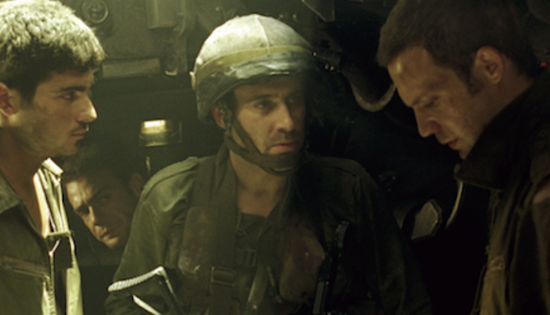
A real tank is small and crowded, about 2 by 2 meters, it hardly holds 4 people. We built a model of the tank in studio, about one and a half times the real size.
It was built in a way that made it possible for us to divide it into separate parts, like segments of an orange. Each time we filmed, we took out a segment or two, and placed the camera in its place, at the angle we wanted to shoot .
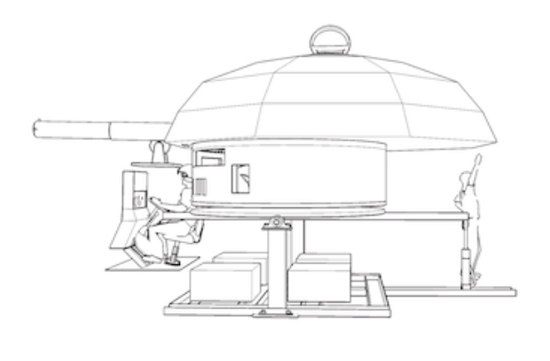

The inside of a real tank is white, which didn’t really fit Samuel’s description and which, I feel, has no soul, so I painted the whole tank a rusty brown, (bleeding to black). It’s a color that has red, brown and green in it and it quickly turns to black in the darker patches.
In a real tank the light is very dim. I tried to stay close as possible to the actual lighting conditions of a real tank turret. I used as little lighting as possible, in order not to wash the tank with too much light , to give it natural feeling of the lighting.
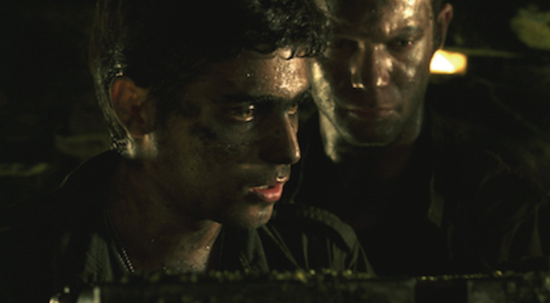
The ext. shots, this is what the cannoneer sees through the eyepiece, were also a challenge. Samuel wanted it to feel life-like, which means shot in uneven jerky movements, giving a sense of being tossed about, just like a very bumpy ride.
So I had to run a few tests : I tried a bobcat whose steering wheel is similar to that of a tank, didn’t work, it was too smooth. I tried a tractor, didn’t work, again too smooth.
Finally we took a simple doorway dolly and drove it over a cement surface. The little wheels vibrated just right and gave the feeling of a tank moving through urban terrain.
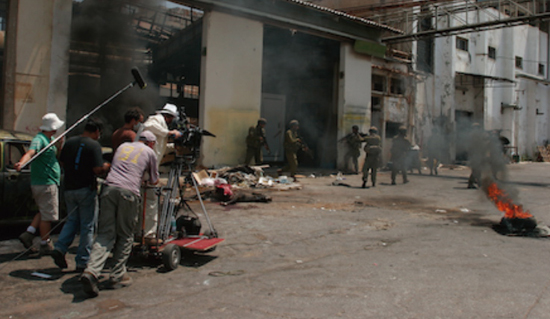
I added mechanical movements to the camera – while traveling the doorway, upwards , downwards, side-toside. This is how we achieved the real feel of what the cannoneer sees through the eyepiece.
The turret was based on 2 wheels wagon to give us the option to tilt up and down the turret and to shake it when it needs The whole film is very low tech. We did every thing on set.
For example, the RPG that was fired at the tank was sliding on cable and was shot in slow-motion to extend the moment We didn’t use any special effects in post except one : the eyepiece vignette added to the frame of the
ext. shots.
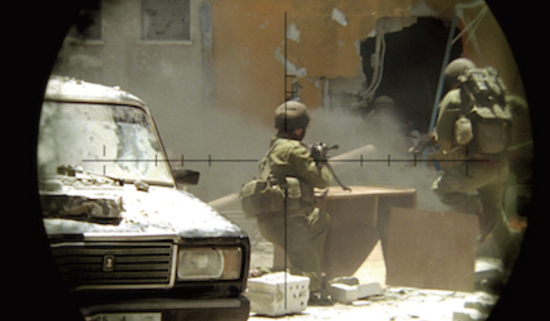
The format :
It was quite clear which format to use. A 35mm camera is a very large camera. It would have made filming inside the tank very difficult.
So naturally we chose the Super 16 small and comfortable camera to operate inside small places. Since the movie was a German/French/Israeli co-production, the lab was in Cologne Germany.
We filmed for 29 days, and then the money ran out. Samuel started editing, at the same time trying to obtain additional funding for the film.
We resumed filming a year later, on a very tight schedule, we had to finish the whole post process before the 3 big festivals Berlin, Cannes, Venice.
I suggested using the RED 1 camera in order to skip the lab process and save about 2 month. The producers had their fears : the camera was relatively new at the time. But the time limitations finally tipped the scales and we started another 14 days of filming – very carefully planned.
Post production :
At post production, I faced a new challenge : giving a uniform feel to a movie in which almost every scene was filmed in two different formats, that is, made up of Super 16 shots and digital RED1 shots.
The DI was done at the “Headquarter” lab in Colon Germany, with colorist Andreas Froehlich in charge. He did a fantastic job smoothing over the differences between the Super 16 and the RED1 shots.
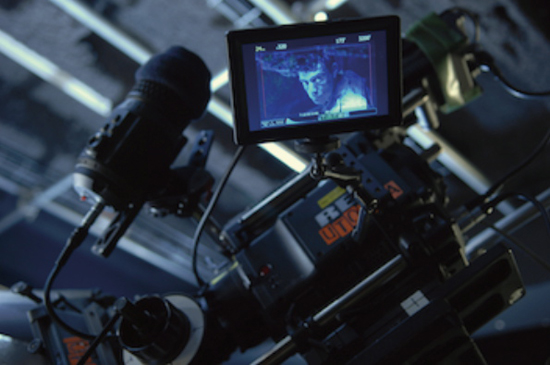
Our technique was to degrain the Super 16 shots and add grain to the RED 1 shots, until we achieved a homogenous look. We did a test screening for the lab director and when he had trouble telling the difference between film and digital, we knew we made it.
I close with a small story about the director Samuel and myself
10 years ago, while working on a documentary project on the way back from a location scout, we started discussing the Lebanon war.
1982 Samuel had been part of a tank crew and I was a young Intelligence controller in the army.
I told him about one night, I got a report about a lone tank that got lost in the industrial zone of Beirut. I was very familiar with that area controlled by the Syrians. It was considered a “most unpleasant” place to be. But that one unfortunate, confused tank lost its way and headed right into the Syrian encampment, where it clashed with the Syrian tanks and remained trapped among them.
The tank commander opened the emergency radio channel. I talked to him and realized that they will not survive there for more than a minute.
I dispatched a patrolling fighter plane to the site. It took the pilot half a minute to start diving towards the encampment. The Syrians, who saw an F-16 coming straight at them, leaped from their tanks and ran away. The tank crew was saved.
Samuel was silent for a moment and then he simply quoted the exact words that I had said over the radio during that entire long minute.
I was dumbstruck !
It was his tank !
PS For Lebanon, Giora Bejach received 2010 Carlo Di Palma European Cinematographer Award and 2009 Plus Camerimage Golden Frog Award.
 En
En Fr
Fr





